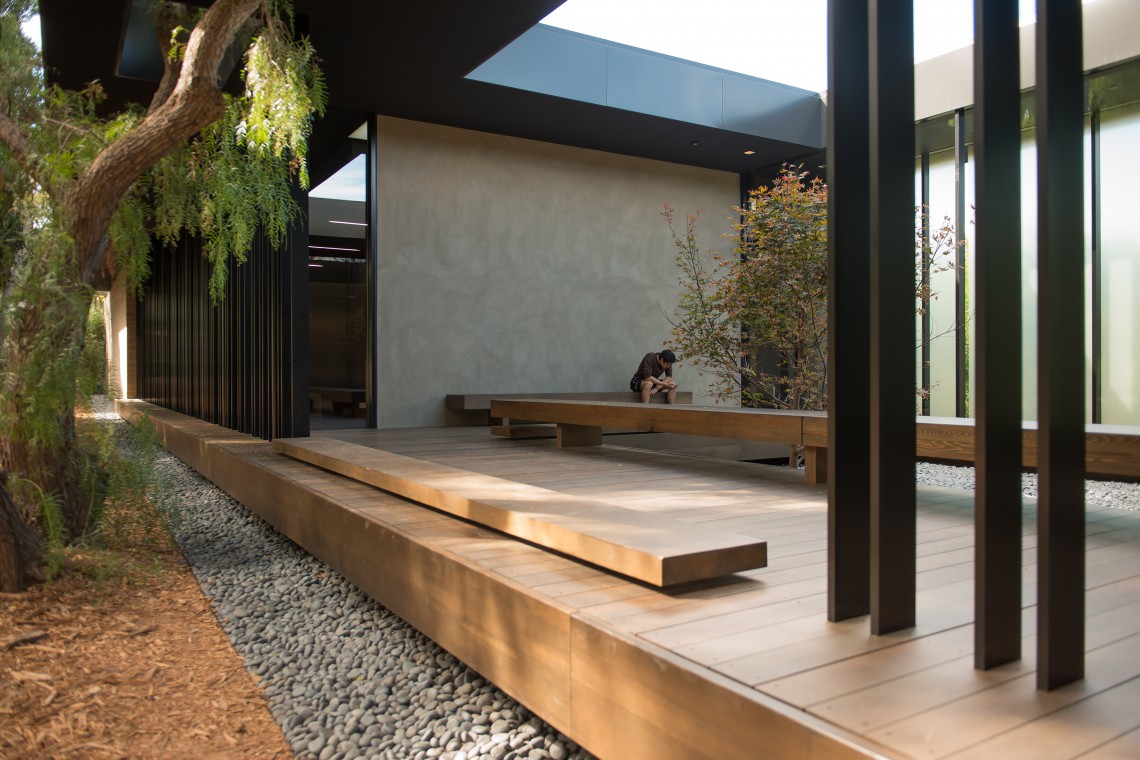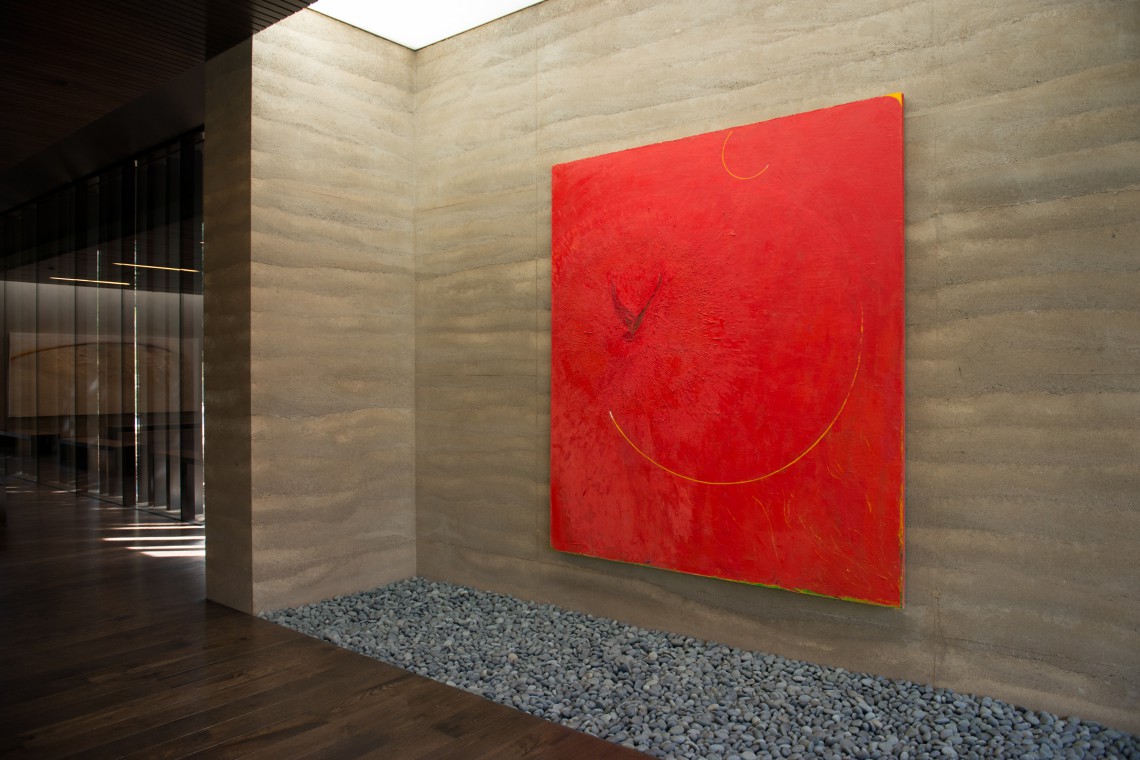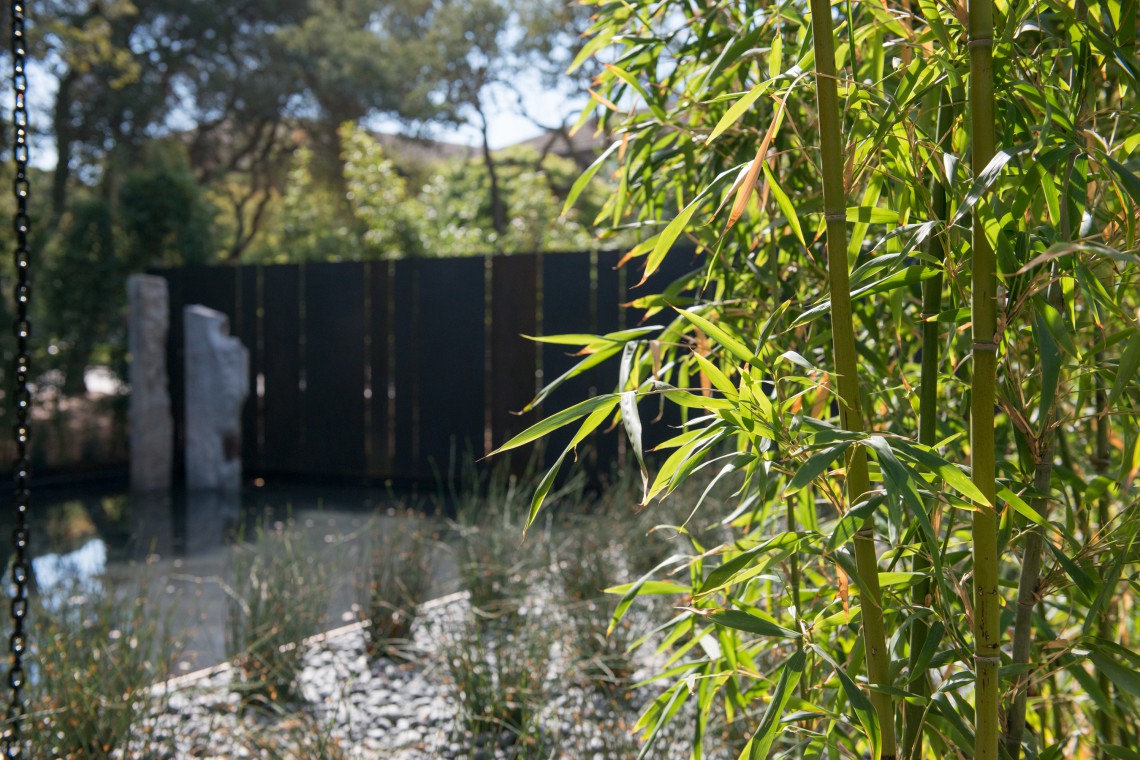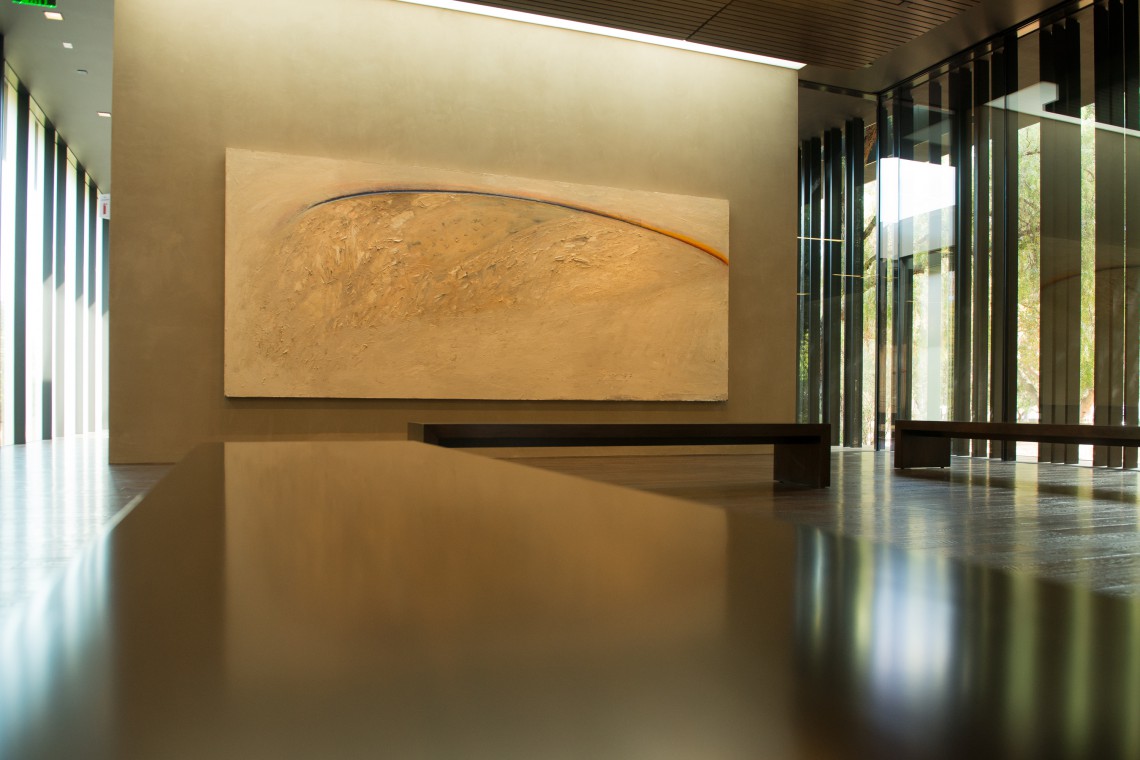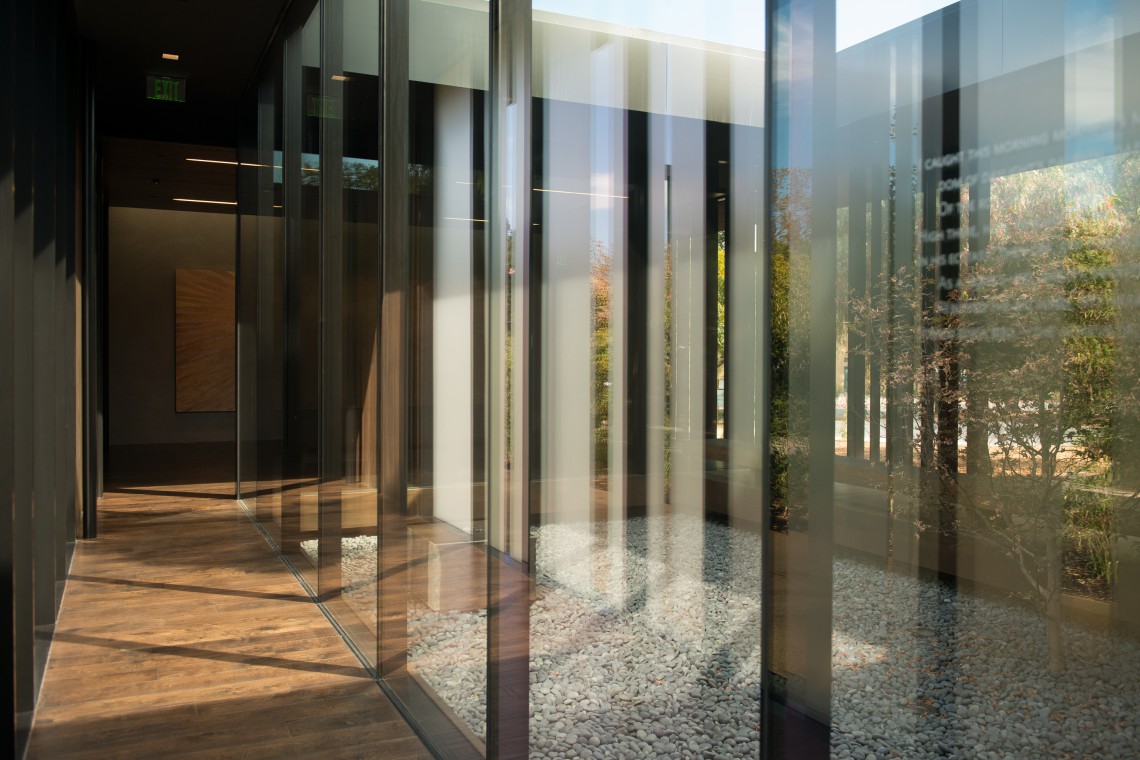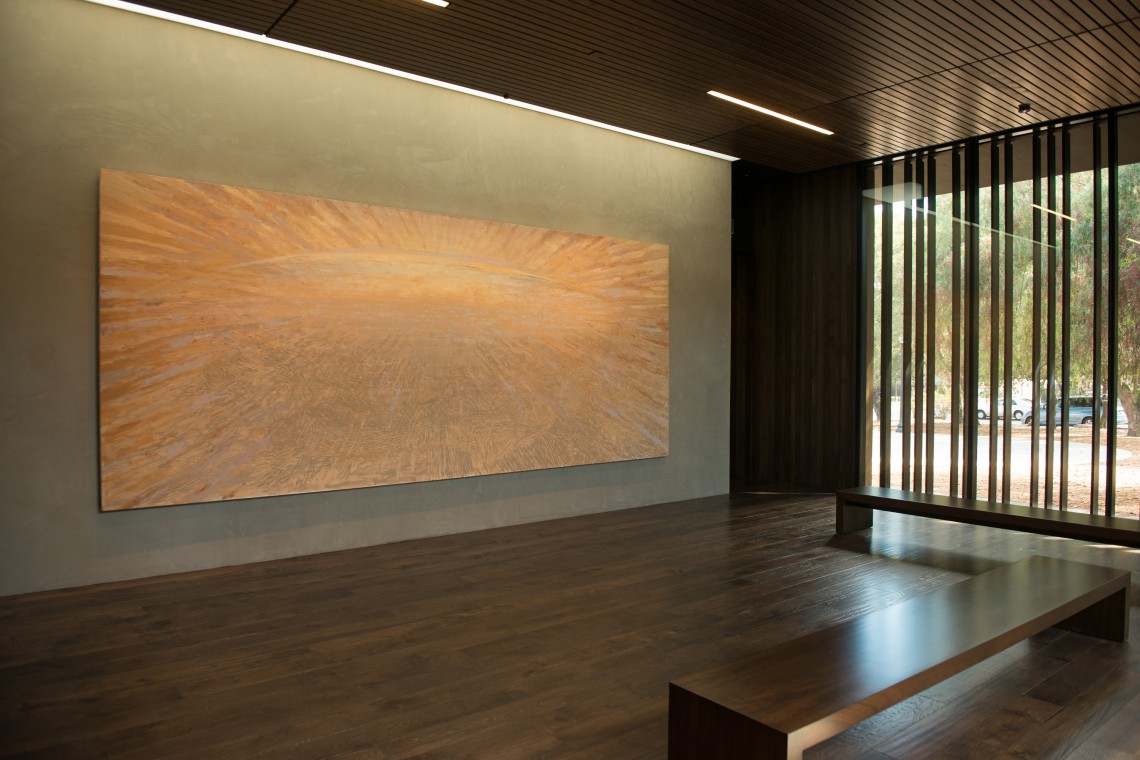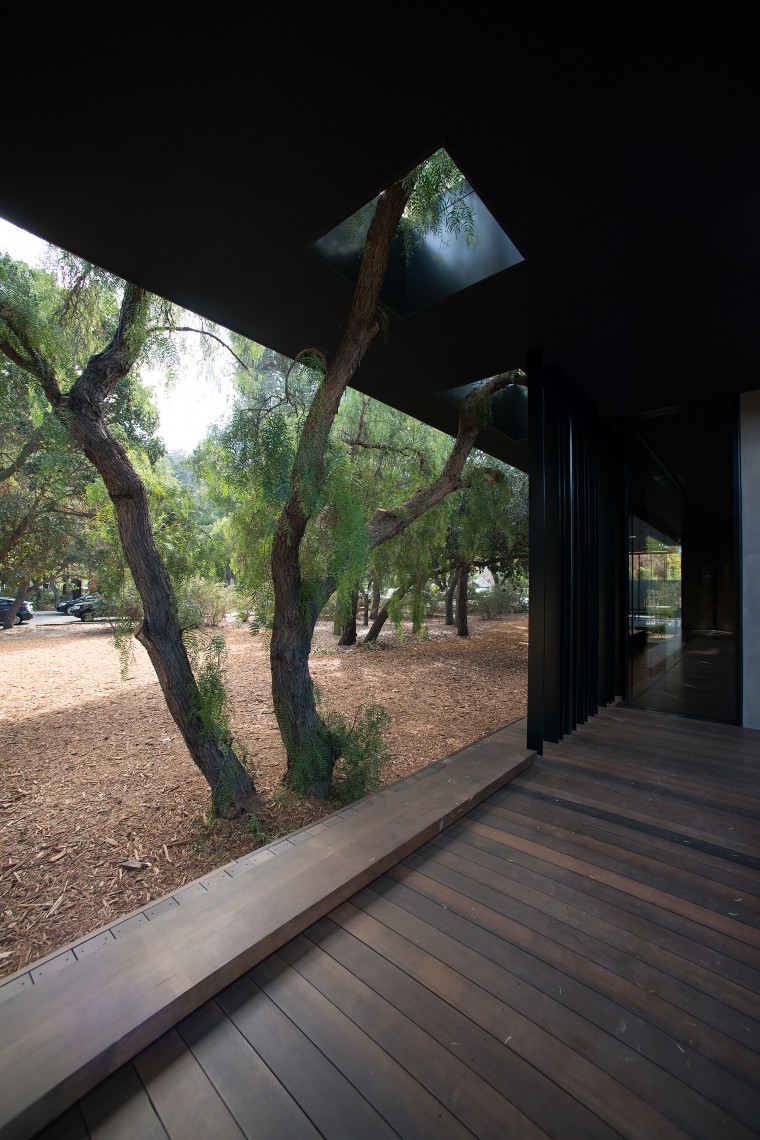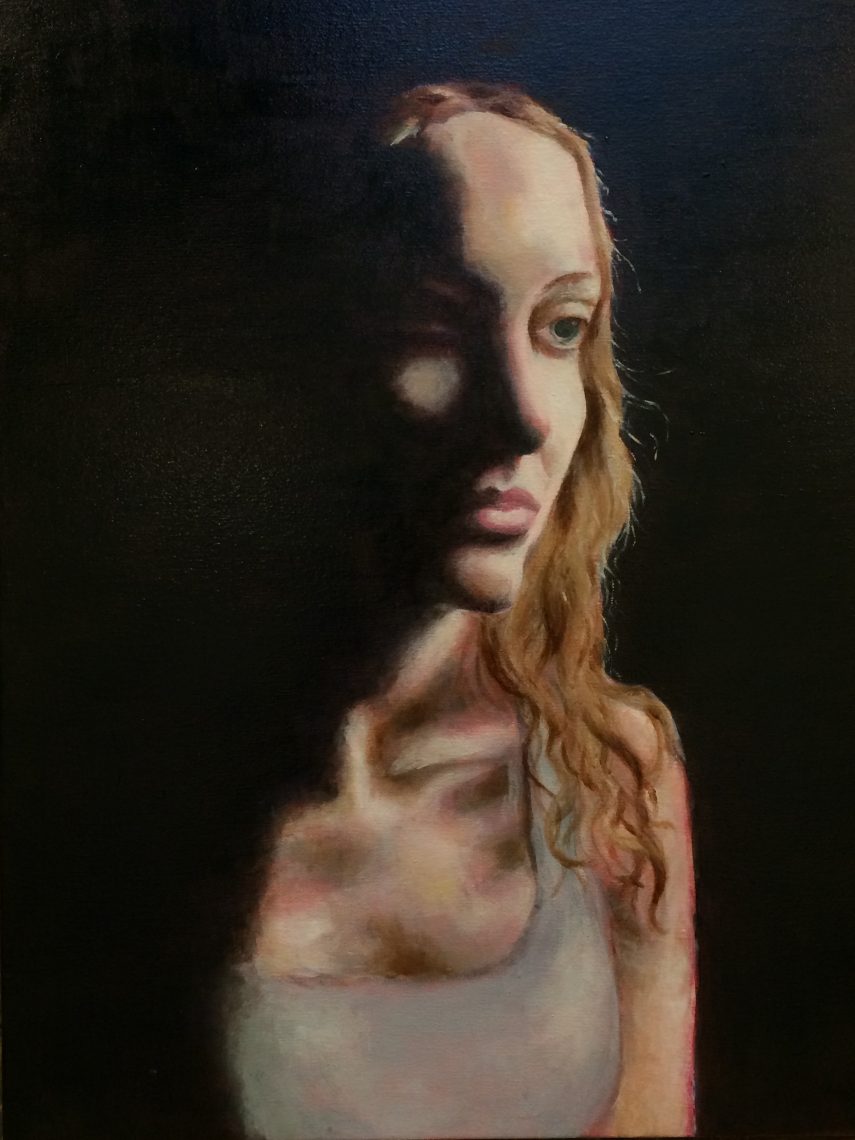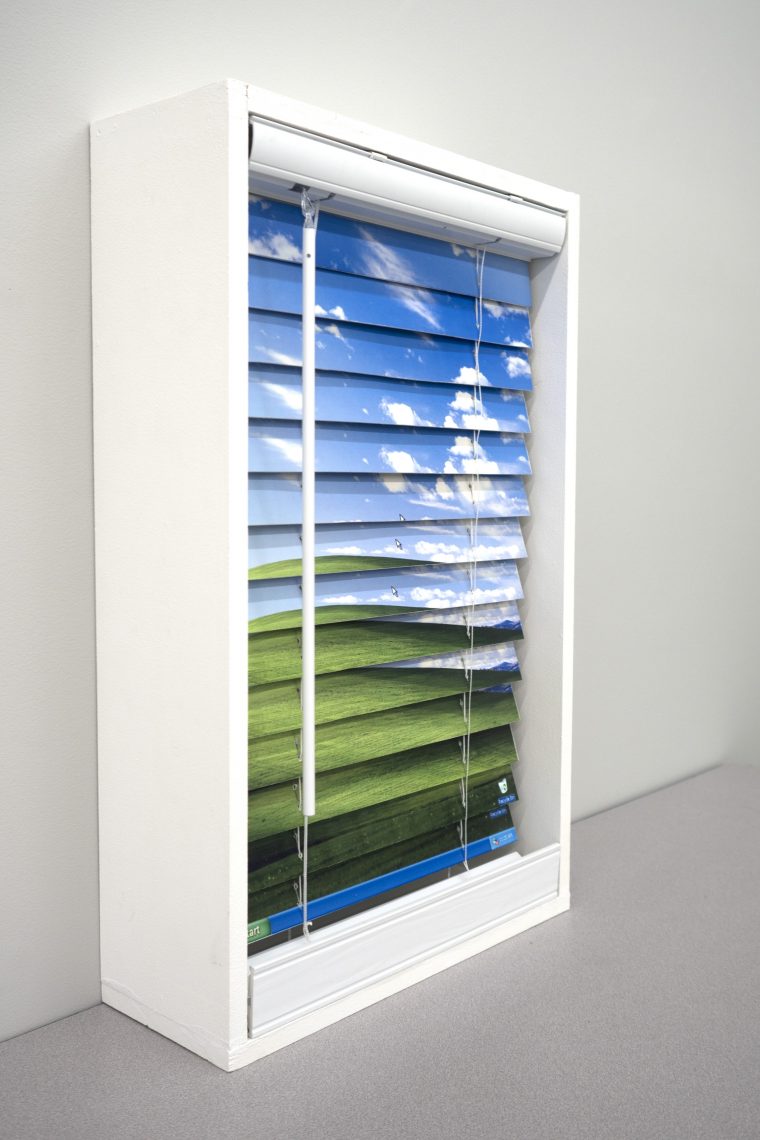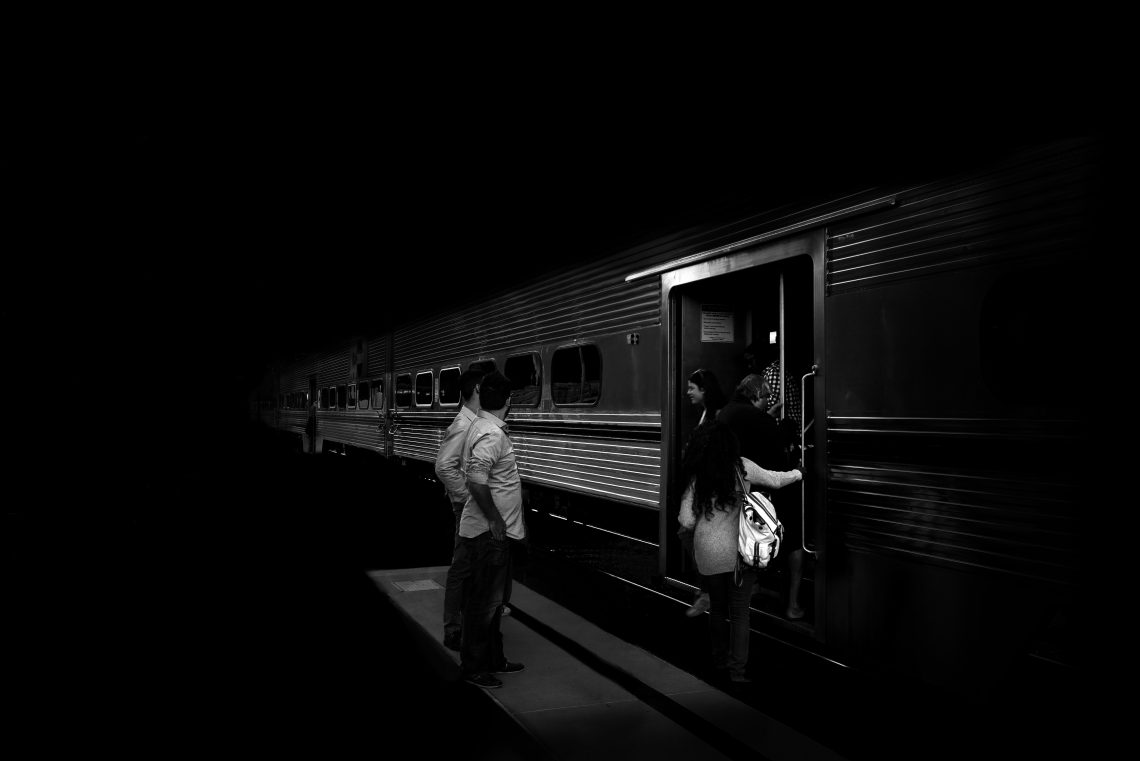Windhover contemplation center now open
Stanford community daily hours are 11a.m to 11 p.m. with an I.D. card.
When visitors walk into Windhover, the first painting they’ll see is Big Red, a large abstract oil painting of a kestrel flying in a red sky, a work that artist Nathan Oliveira returned to again and again over the 25 years it stood in his studio.
Oliveira, who died in 2010, was an internationally acclaimed artist who taught at Stanford for three decades.
“To my father, the reds that are used together and separately in this painting – medium cadmium light red and vermillion red – were wonderfully electric reds, rich, deep, bright and eye-catching,” said Joe Oliveira, the artist’s son.
“With this painting, my father had started to conceive of an all-red painting with subtle textural nuances and variations of red. He painted most of it with a pallet knife. It was a departure from his normal earth tones, which he so loved.”
As visitors proceed through the center, they will see Oliveira’s earth tones in the other paintings displayed in the center – Diptych, White Wing and Sun Radiating.
The paintings, inspired by kestrels swooping above the Stanford foothills, are part of Oliveira’s Windhover series, a project that engaged him for decades and became one of the final efforts in a lifetime of art.
“I’ve always thought if I had wings, I could fly,” Oliveira said in a 2002 interview with Stanford magazine. “Well, I do have wings in my mind … and these paintings are like a catalyst that can take you where you want your mind to fly.”
The Windhover series takes its name from a poem of the same name by Gerard Manley Hopkins (1844-1889), which described the wondrous flight of a “dapple-dawn-drawn Falcon.” (In some areas, kestrels, which belong to the falcon family, are known as windhovers because of their ability to hover.)
In a catalog for a 1995 campus exhibition of nearly two dozen Windhover paintings and watercolors, Hilarie Faberman, a former curator at Cantor Arts Center, wrote:
“Hopkins’ poem, ‘The Windhover,’ about the freedom and godliness of the kestrel, finds a parallel expression in Oliveira’s Windhover paintings in which bird and wing are metaphors for heaven and earth, the unfettered imagination, and the triumph of the human spirit.”
An excerpt of the poem is displayed in the center, which is located at 370 Santa Teresa Street. Windhover opens officially on Thursday.
Windhover will be open daily from 11 a.m. to 11 p.m. to students, faculty and staff. A Stanford I.D. card is required to enter. Docents will lead tours for the public from 10 a.m. to 11 a.m. on Tuesdays. Visitors are asked to refrain from using cell phones, tablets, laptops and other electronic devices while inside the center.
The Office for Religious Life, which is overseeing the use of Windhover, will host an open house at the center from noon to 2 p.m. on Thursday. Several members of its staff will attend, including the Very Rev. Dr. Jane Shaw, dean for religious life; the Rev. Joanne Sanders, associate dean for religious life; and Robert Huw Morgan, university organist and director of the Memorial Church Choir.
The campus center fulfills Oliveira’s dream that some of his Windhover paintings would be installed in a space of their own – a sanctuary where the Stanford community could enjoy them in quiet contemplation.
Inside, the use of filtered light and natural-colored, rammed-earth walls – an ancient building method Oliveira had envisioned for the center – enhances the calming influence of the space.
Windhover’s landscaped grounds include a reflecting pool, a granite labyrinth and trees young and old, including lanky ginkgos and venerable coast live oaks.
Pearson Henri, a Stanford senior who had the chance to visit the center before its official opening, said he “absolutely loves” Windhover.
“The interior is very spacious and comfortable,” he said. “The design lends a very naturalistic and ascetic feel to the space. It is a very relaxing place to be and a welcome reprieve from the constant busyness of the Stanford campus. It’s nice to have a place to sit still and breathe deeply.”




